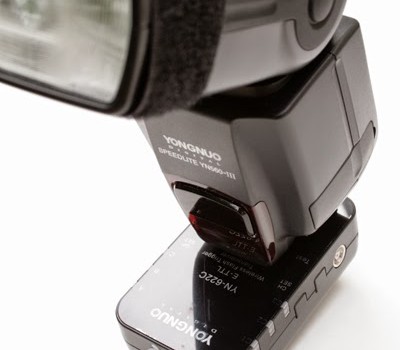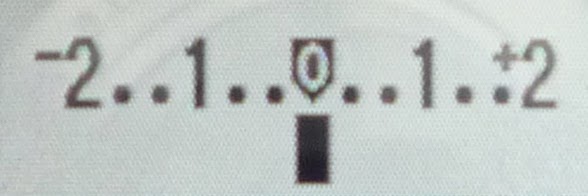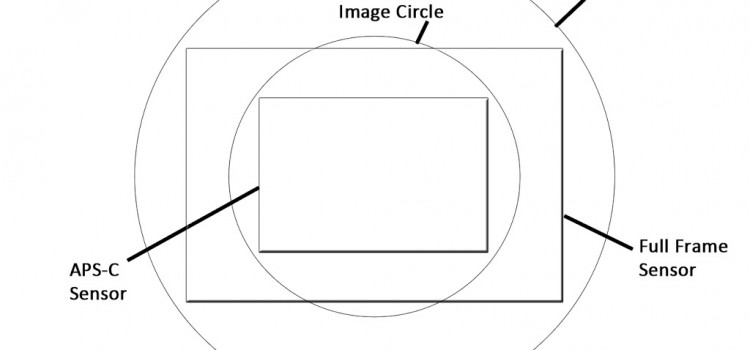In previous blog posts, I’ve written about taking still pictures of the night sky, and how to take time exposures in daylight. Now, let’s look at the ten basic steps for capturing the motion of the stars: 1. Get out
TRY TIME EXPOSURES FOR MAGICAL EFFECTS
When we think about taking long exposures with a camera, night time images usually come to mind. Only dark conditions generally call for slow shutter speeds, right? True-but there is a way to take time exposures in broad daylight…with surprising
USING SPEEDLITES FOR IMPROVED RESULTS

Speedlites , simply stated, are accessory flashes that attach to the hot shoe of your DSLR. By raising the light source above the camera, the speedlite produces a more pleasing effect than the harsh head-on shadow cast by the
New Digital SLR Photography Book for 2014

“Digital SLR Photography Demystified” is my new venture in the world of photography instruction. Originally conceived as a reference for students taking my Digital Photography for Beginners course, it also serves as a standalone guide for those who prefer self-instruction.
WINTER EXPOSURE (PHOTOGRAPHIC, THAT IS)

Have we had enough of cold and snow yet? Unfortunately, it doesn’t look like it’s going away any time soon. So – if you have the itch to get out and take some photos anyway but are disappointed
PERFECTING THE PANORAMIC: STEP BY STEP

It’s getting easier to make panoramics with today’s cameras. Some will actually do the stitching together for you without the need for software. But unless you take control of the process, you may be selling yourself short on results.
DSLR Lenses: Crop Factor and Image Circles

(Not to be confused with crop circles) A few months ago, I wrote about how sensor size affects the way different cameras capture an image when using the same lens. To refine the topic a bit further,